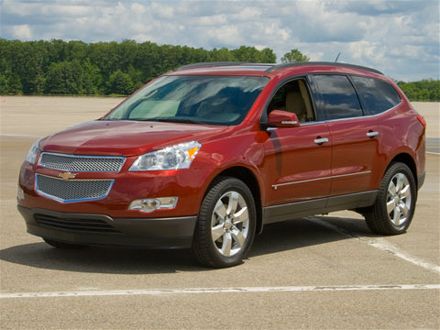Are all-wheel drive (AWD) vehicles and 4-wheel drive (4WD) vehicles really worth it?
 I’ve been involved in road safety for a long time. It’s getting closer and closer to thirty years and I often get asked more and more questions pertaining to driving because of this. I was recently asked by a few people what the value of all-wheel drive (AWD) vehicles and four-wheel drive (4WD) vehicles would be in winter weather. Well, since more people were asking the question, I thought I would answer the question so the rest of you won’t have to ask it.
I’ve been involved in road safety for a long time. It’s getting closer and closer to thirty years and I often get asked more and more questions pertaining to driving because of this. I was recently asked by a few people what the value of all-wheel drive (AWD) vehicles and four-wheel drive (4WD) vehicles would be in winter weather. Well, since more people were asking the question, I thought I would answer the question so the rest of you won’t have to ask it.
Drivers should realize these types of vehicles increase the power going to each wheel to make the vehicle move. If you live in an area that provides you with slippery road surfaces for a long period of the time, go for it. If you have a lot of snow for a prolonged period of time or deep mud on your property, these vehicles have more power to the wheels to get you moving. A traditional front-wheel drive vehicle will be able to pull you along, but if your front wheels are spinning, you’ll have to rock your vehicle back and forth to regain the traction of the front wheels. The same thing goes for any rear-wheel drive vehicles. That’s about it as far as differences go.
Once you get moving the only other thing that AWD and 4WD vehicles can do for you is get you to the gas station sooner. It takes more engine power to keep all the wheels providing power compared to a front-wheel drive or rear-wheel drive vehicle. That translates into more fuel consumption. Do you really want that? Oh, and having AWD or 4WD will add to the cost of purchasing your vehicle, especially if it’s new.
Now that we’ve got that cleared up, if you do have an AWD or 4WD vehicle, here’s what you also need to know. It doesn’t provide any traction for you. It only provides power. But let’s face it, sometimes you need to stop and not go. If you’re traveling on a slippery surface such as snow, ice, rain or even a layer of leaves, AWD and 4WD do nothing for you. Braking early and having proper tires are best if you need to slow down or make a turn on slippery road surfaces. A driver’s knowledge and driving ability play a key role in keeping the vehicle under control.
Let’s talk turning. If you’re driving on a slippery road surface and intend to turn across the path of another vehicle, timing of an appropriate gap in traffic, smooth acceleration and proper tires will get you there. Rushing the turn and hitting the accelerator too quick will often make the wheels slide perhaps causing an understeer and loss of traction. If your wheels are sliding, why accelerate more? They can’t grip the road and it just makes your wheels spin more and lose any traction you may still have. (Learn more about skids here The more you know about all-wheel drive (AWD) & 4-wheel drive (4WD) vehicles, ask yourself, are they worth it? Find out more about skids here http://bit.ly/ffyrIK
After learning all of this, you need to ask yourself if it’s really worth it. Most of it will depend on where you live and the type of weather you’ll have. But now you have more knowledge of what AWD and 4WD can do and can’t do. It’s time for you to make an educated choice.
**Have a quick listen to this short episode of the “Speed Bumps” podcast as we discuss how winter tires benefit more than AWD or 4WD.
